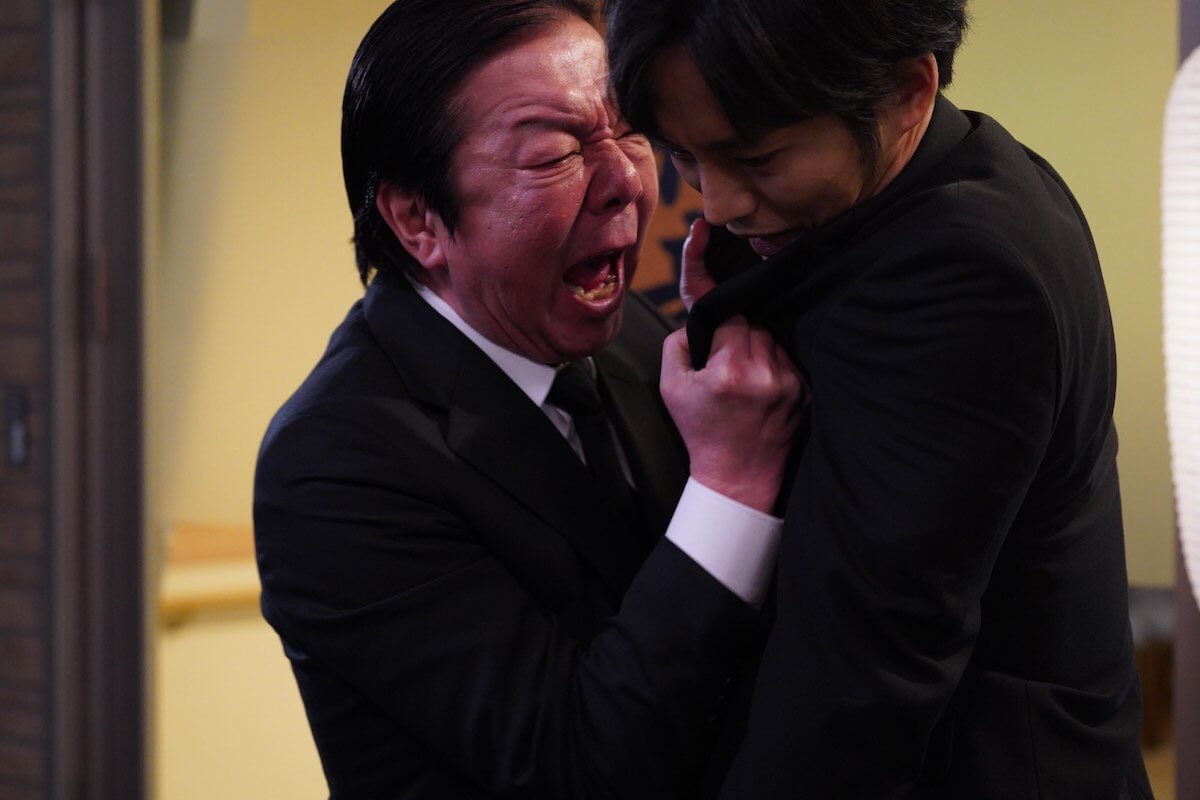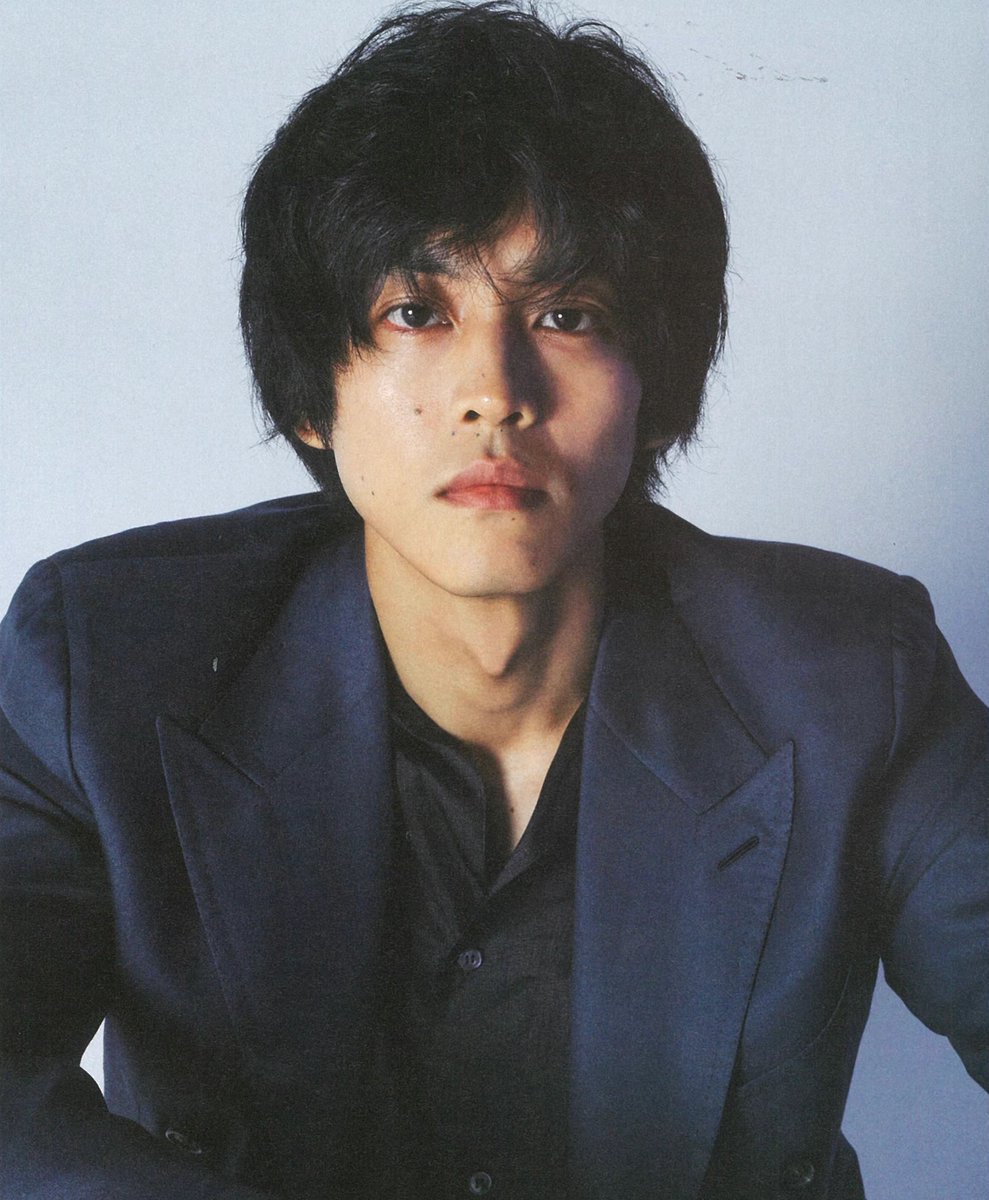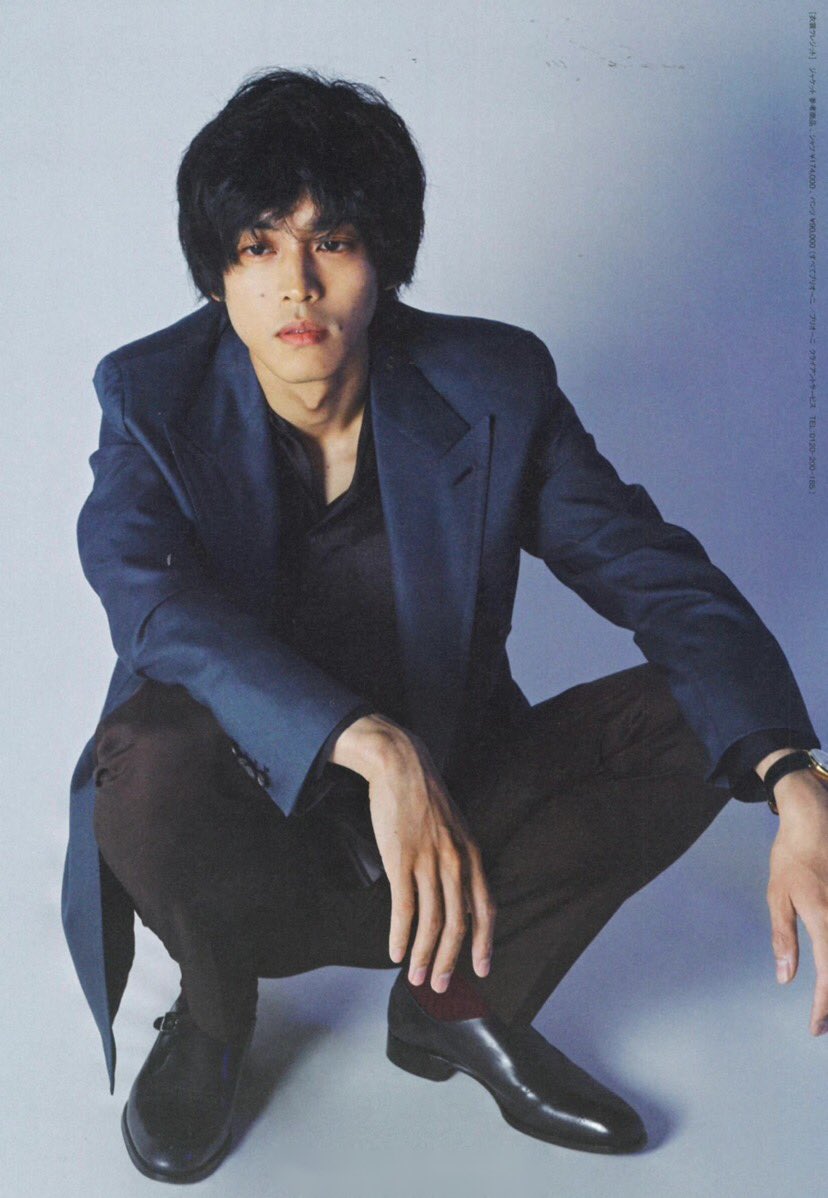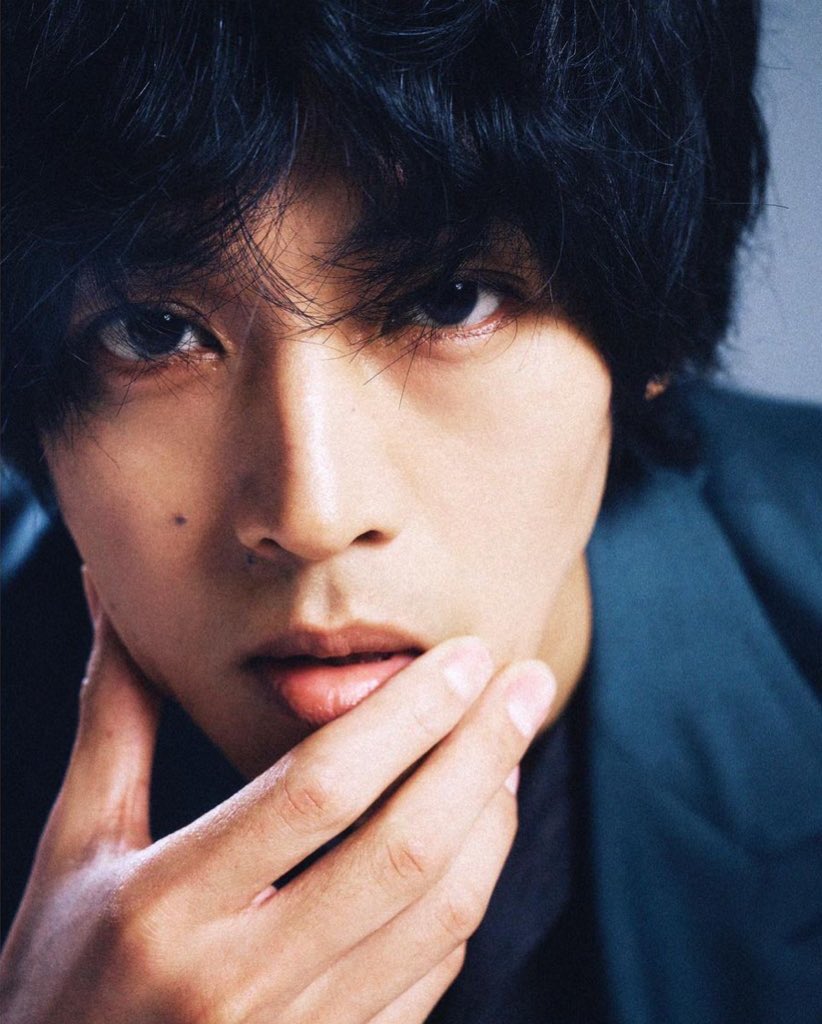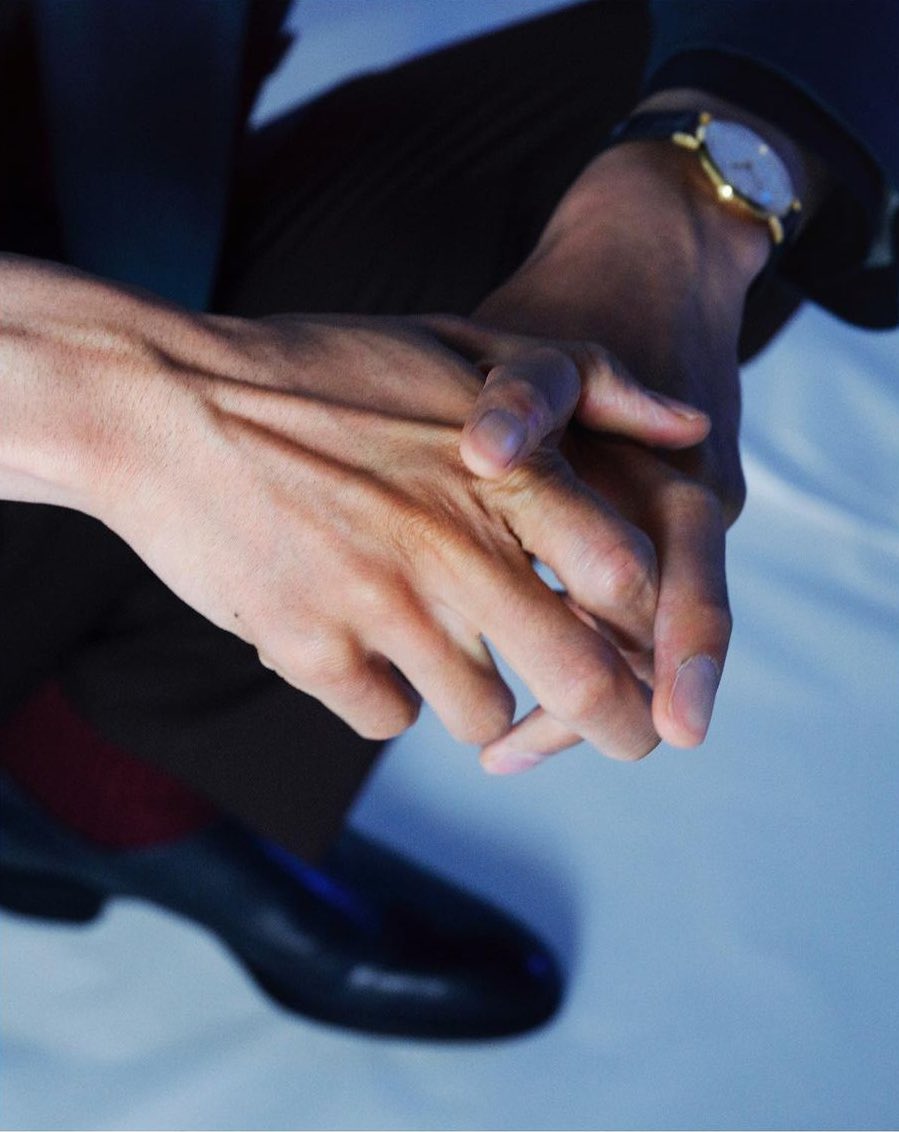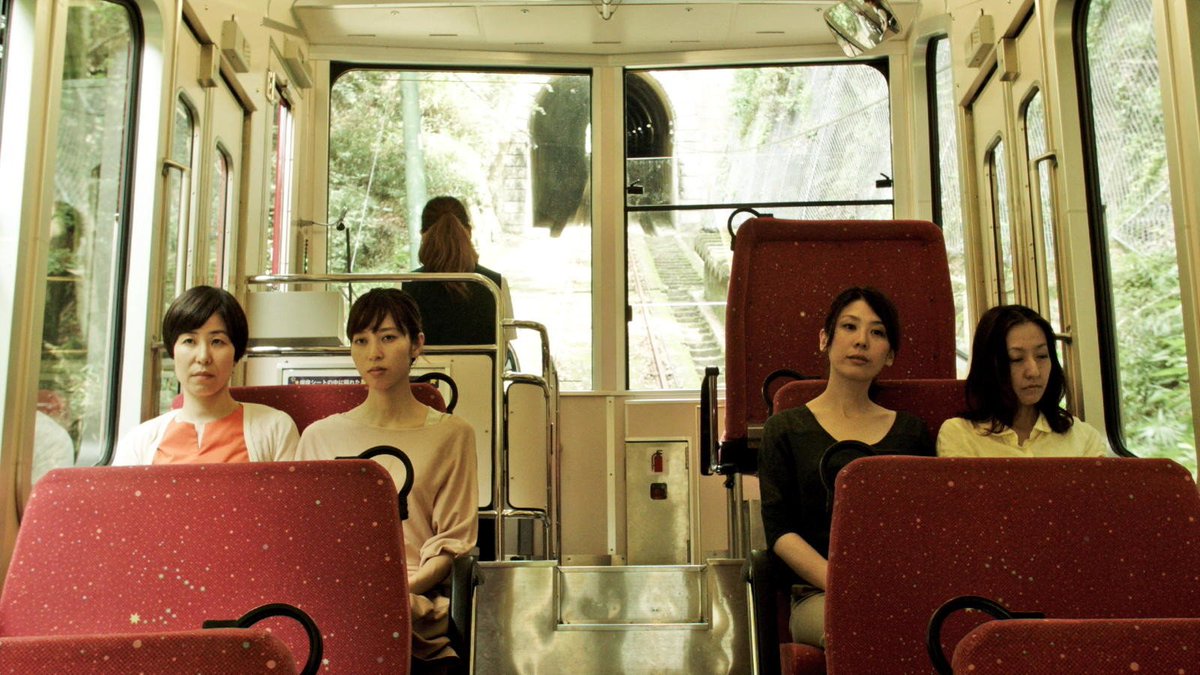The movie "Rurou no Tsuki," which was filmed in Matsumoto, Azumino, Omachi, and various cities in Nagano Prefecture until late October, will be released next year. The film stars Suzu Hirose and Tori Matsuzaka, and is directed by Lee Sang-il (47), a leading figure in the Japanese film industry who has directed "Hula Girls," "Villain" and "Rage". What attracted him to the original story and what did he want from the actors? What was the decisive factor in choosing the prefecture of Shinshu, Matsumoto as the filming location? We spoke with director Lee, who visited Matsumoto City for filming.
The charm of the original story made me want to try it
Director Lee's "Hula Girls," set in an abandoned coal mining town, won the Japan Academy Prize for Best Picture and other film awards. Since then, he has continued to portray profound human dramas, from "Villain" which delves into the good and evil of human beings through a murder case, to "Rage," which confronts the difficulty of trusting people against the backdrop of a certain incident, and connects them with the dark side of society, such as loneliness, inequality, and intolerance.
This time, he is tackling the story of Sarasa, a young woman and Fumi, a young man, who were separated after being regarded as the victim and perpetrator of a kidnapping, and are reunited 15 years later. Each is labeled as "a poor victim who was abused" and "a pedophile kidnapper," but the truth is...
Lee: The story is based on the novel of the same title by Nagira Yu, winner of the 2020 Bookstore Award. I've never worked on such a special and intense relationship before. I may not be able to fully understand them in the true sense of the word, but it made me want to try. The past incidents are etched as indelible "digital tattoos" on the Internet, and the world will not allow the reunited couple to get close to each other. "If we try to follow our own conscience, we will be rejected and denounced by society. I think the dilemma is the same as in my previous works.
What is the severe direction that Suzu Hirose is afraid of?
Lee: I worked with Hirose in "Rage" almost six years ago and I've always been confident and hopeful that we would meet again. Since then, she has been running in the center of her generation. I feel she became much stronger.
Hirose has also been looking forward to making a film with Director Lee.
Suzu: He notices the slightest change in me before anyone else does. That's why I can never lie in front of the director, and if I try to cheat even a little.... Just thinking about it... I'm afraid to act in front of the director now.
That's what she said when announced her role as Sarasa.
This is the strict direction that Hirose fears. Director Lee asks the actors to feel the atmosphere of the character and what they are going through just by appearing on screen.
Lee: How do you show and tell the inner life of a character as depicted in a novel without overly explaining it? I pay attention to how they prepare and appear in front of the camera.
Scooping up the essence for "visual expression
Lee: In the original story, much of the story is written from Sarasa's point of view. The film depicts "the pain that no one understands" while showing Sarasa and Fumi trying to live in a way that they accept each other and do not let go. The film not only traces the novel, but also seeks to scoop up the essence and convert it into "visual expression". The film's unique expression is sure to be a highlight.
In the novel, Fumi is described as tall but not intimidating, "like a white flower." "He has an atmosphere that makes you wonder if he's real or not." I talked may times with Matsuzaka, who plays the role of Fumi. From the first time, I told him it was a little special and difficult to express in the flesh.
However, when Matsuzaka stood in front of the camera for the first time.... "The silhouette and the way he looked at me made me think that this was the kind of person Fumi would be. I thought he was a pro." he said in admiration.
When the casting announcement was made, Lee commented, "I can't wait to see how much I will be captivated when their eyes meet and they are filled with tenderness and compassion for each other. I can't wait to see how this will be realized in Shinshu. I'm looking forward to it."


